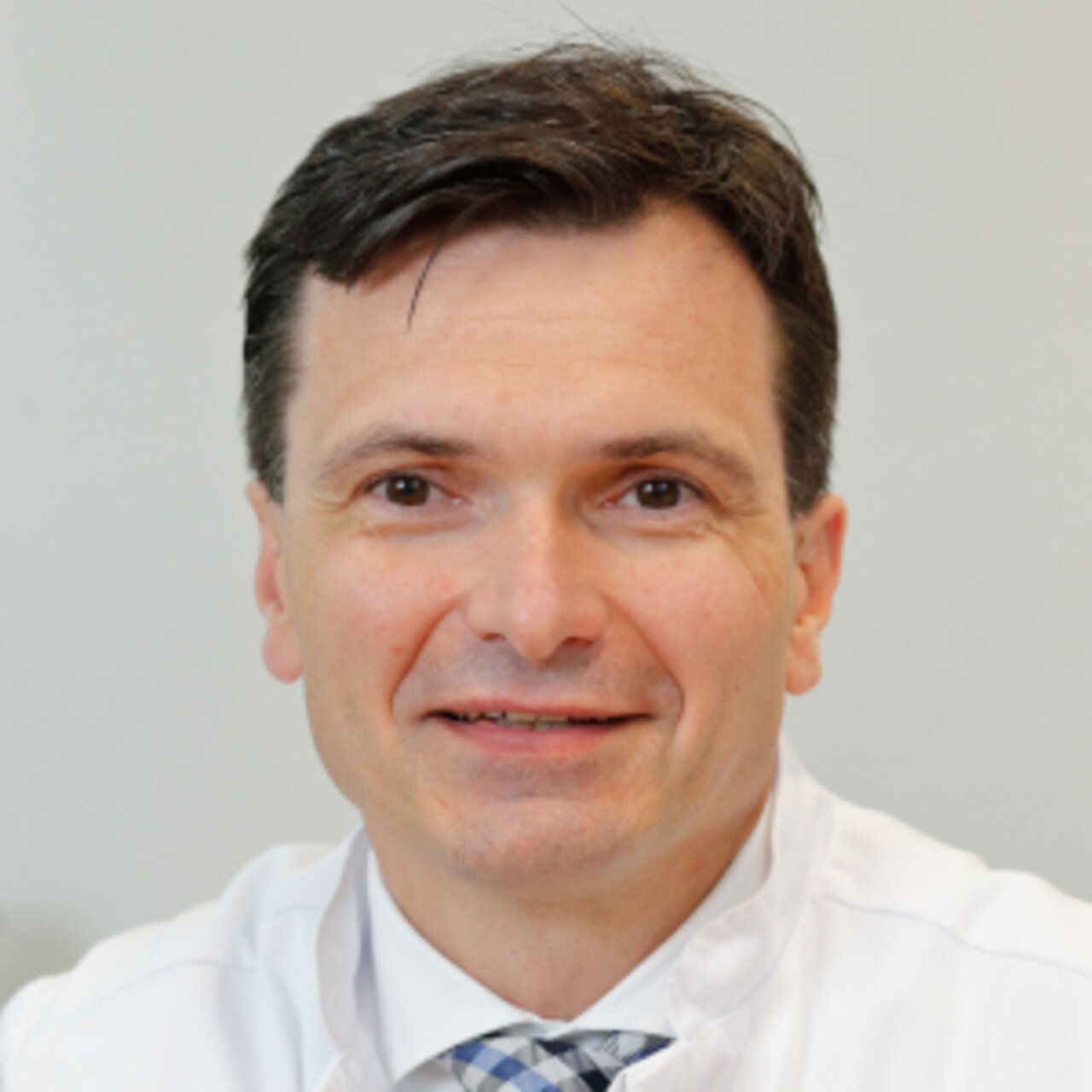Specialists in Myocardial Infarction
7 Specialists found
Dr Brunilda Alushi, PhD, FEACVI
Internal Medicine and Cardiology, Prevention and Imaging Diagnostics
Munich
Information About the Field of Myocardial Infarction
What Is a Heart Attack?
A heart attack is a complete occlusion of a coronary artery (coronary vessel) caused by a thrombus (blood platelet clot). This interrupts the oxygen supply to the heart muscle. If the blockage cannot be removed and the blood supply restored within a very short time, the heart muscle cells die.
What Are the Causes of a Heart Attack?
The primary role in the development of myocardial infarction is played by arteriosclerosis, which in turn is responsible for the development of coronary artery disease. In this process, the plaques (deposits) are formed in the walls of the blood vessels. Some of these plaques are particularly unstable and tear. A natural mechanism of wound healing, namely the accumulation of platelets in the damaged area, becomes fatal in this case. A thrombus is formed, which closes the affected vessel.
What Are the Symptoms of a Heart Attack?
A heart attack manifests primarily through severe pain in the chest, which can also spread to other regions, especially the left arm, upper abdomen, or neck. If such pain lasts longer than five minutes, it may signify a heart attack.
A particularly strong feeling of tightness in the chest, as if a heavy stone were lying on the chest, is also a typical symptom. However, it occurs more often in women than in men. Also, more common in women are the nonspecific signs, such as nausea, vomiting, shortness of breath, and pain in the upper abdomen. Because these symptoms can also occur with other less severe conditions, a heart attack in women often goes undiagnosed.
What Are the Diagnostic Options?
In many cases, an initial diagnosis can already be made based on the symptoms. However, further investigations are usually necessary to confirm the diagnosis and exclude other diseases.
Due to the necrotic (dead) heart muscle cells, cardiac arrhythmias occur during an infarction. The damaged cells can no longer conduct electrical impulses through the heart muscle. These rhythm disturbances can be visualized with the help of an electrocardiogram.
Blood tests also provide clear evidence of a heart attack. When cells die, enzymes (proteins) are released that enter the bloodstream and can be detected with special tests. An essential enzyme in myocardial infarction is creatine kinase. Furthermore, echocardiography and cardiac catheterization can visualize the affected vessels.
How Is Myocardial Infarction Treated?
After the onset of a heart attack, the first minutes and hours are crucial. The earlier therapy can be started, the better the chances of recovery. For this reason, the first hour after vascular occlusion is also called the ''golden hour''. The pathological changes can be almost eliminated with the proper immediate measures.
The goal of therapy is to reopen the occluded vessel. The following methods are available to physicians for this purpose:
Thrombolytic therapy is the dissolution of a blood clot with medication. The patient is administered intravenous drugs that lead to the destruction of the thrombus, either directly or indirectly by activating the body's degradation substances. A significant advantage of this method is that the emergency physician can already begin thrombolytic therapy.
Another method is primary PTCA (percutaneous transluminal coronary angioplasty) or, in other words, balloon dilatation and stent implantation at the affected constriction using a cardiac catheter.
Prognosis and Life Expectancy after a Heart Attack
The first hours after a heart attack are crucial for the further course. An emergency physician should be alerted immediately if symptoms appear and a heart attack is suspected. Studies show that how quickly the patient gets to a hospital is of particular importance for the chances of survival. Nearly one in three sufferers die before being admitted to a hospital. After hospital admission, the mortality rate is less than ten percent.
In general, it can be said that the fewer risk factors a patient has, the better the prognosis. For a healthy heart, plenty of exercises, a healthy diet, and avoiding nicotine is particularly important.






